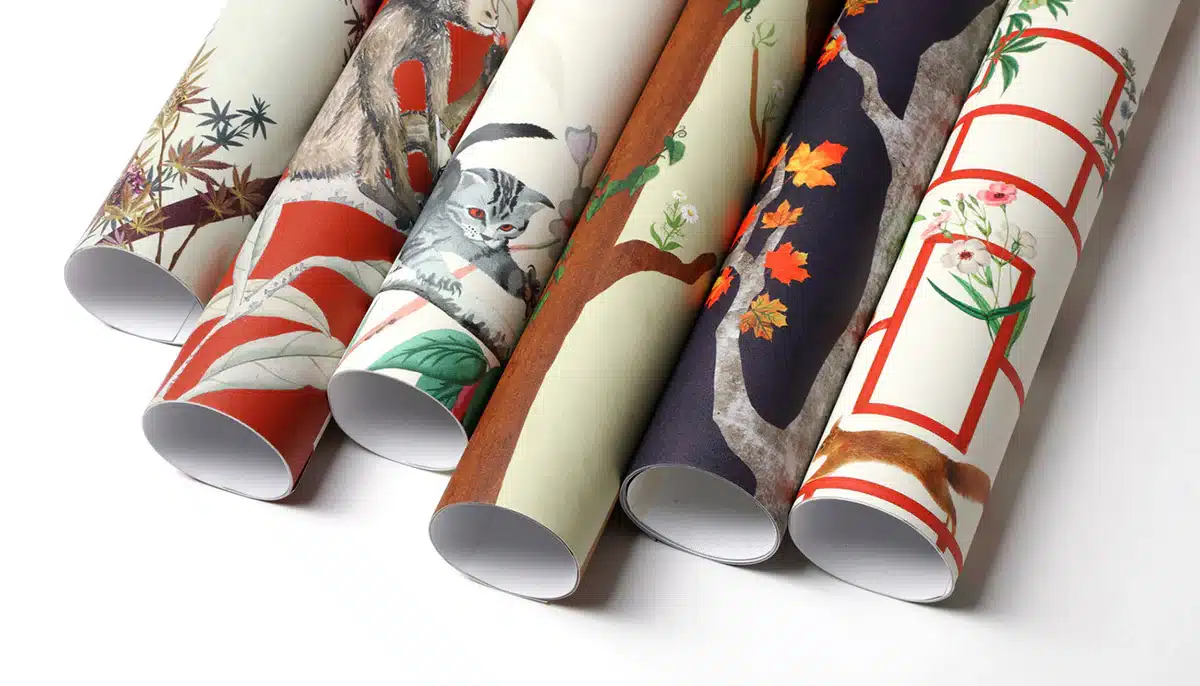Lisa Landry, of Gravity Group, recently sat down with Pennsylvania based photographer, Matt Lester, to discuss his unique career and creative process. Below are some of his experiences and advice from the podcast about how he works and what he looks for in a project. Click here to listen to the podcast in full.
Matt Lester’s career has taken him to more than 30 countries, including Afghanistan to document girls’ education and to Eastern Congo to tell the story of refugees. Before all of that, he was a high school student in the 90s discovering his love of photography.
He got started in his school’s black and white, darkroom. “It was magical seeing that image appear in the developer tray.” During college, he found himself pulled in many different directions. Halfway through his studies, he rekindled his passion for photography. He knew he didn’t want to let his craft go again, so he needed to find a practical way to keep it in his life. For Matt, that came in the form of photojournalism. Getting his start at a newspaper eventually proved to be a far more creatively enriching experience than one might think.
After a few years of learning his craft in the field, Matt decided to strike out independently. “I wanted to work on my own projects, more editorial and commercial jobs with greater creative freedom.” That’s when he began working for graphic design firms and advertising agencies and found his place in higher education photography.
It was in this niche that Matt discovered how valuable his background in photojournalism was. The clients needed spontaneous images in situations that evolved quickly.
“Often, I didn’t know what I was walking into–what the light was going to be like, what the location would be like. I was good at being a fly on the wall and disappearing in the background to photograph what was happening. It made me adaptable at this kind of work.”
His ability to help tell a school’s story and capture the “distinct culture of the campus” without staging shots made his work stand out. Matt is careful not to take all the credit. “I am a strong believer in collaboration. I like that about doing this job–working with other creative people. The final product is better than the sum of its parts. The typography, the paper stock it’s printed on, the design and format are all just as key as the image.” According to Matt, one of his favorite perks of doing higher education photography is the medium itself.
“I still love doing print projects and work that’s going to show up on paper. There’s something tactile about being able to have a physical copy and turn a page. You can feel the paper. It does something to the images. It brings out the color quality and saturation. It’s really powerful. People still like having the tangibility of paper. There’s longevity to it.”
Lately, Matt has found a lot of joy by collaborating in a new way with paper. “I love uncoated paper; I love the texture and the way it makes photos look. It’s my favorite surface to print to.”
If there’s a common thread in Matt’s career, it’s his ability to combine styles seamlessly. “I’m always trying to figure out how to shoot a room in a way that people haven’t seen before.” For all his love of the old ways he learned with, he still embraces the value that digital technology has to offer. “Technology has been incredibly helpful in the creative process. Now you can shoot and see the image instantaneously.” By tethering his camera to a tablet, his creative partners can see the photos he’s taking real-time. As far as Matt’s concerned what’s good for the collaboration is good for the final product.
This lesson is likely the best insight any creative can take away from Matt’s extensive career: be flexible and evolve in dynamic environments where you don’t have control. And of course, print on uncoated paper. Monadnock manufactures beautiful uncoated papers with superior formation and surface uniformity for excellent printability.
You can listen to the full interview and request your own copy at the link below.
Listen & Learn



